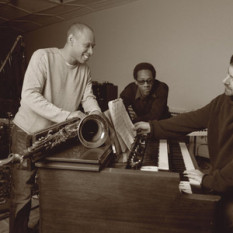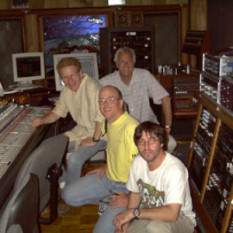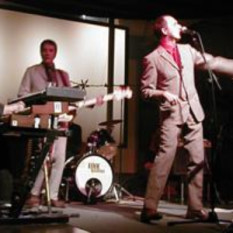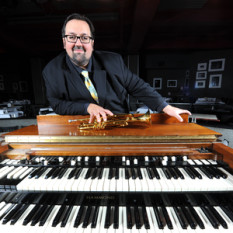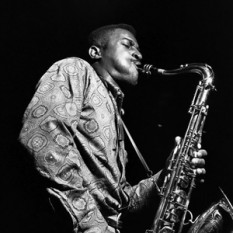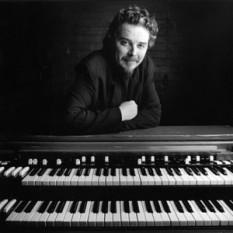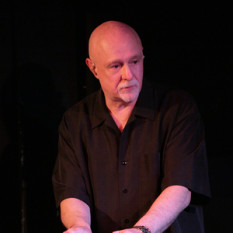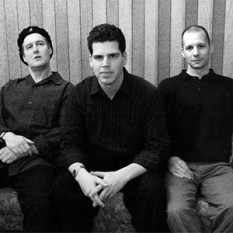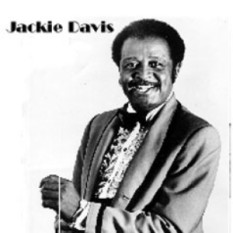The Hammond organ is an electric organ which was invented by Laurens Hammond in 1934 and manufactured by the Hammond Organ Company. While the Hammond organ was originally sold to churches as a lower-cost alternative to the wind-driven pipe organ, in the 1960s and 1970s, it became the de facto standard for jazz, blues, funk, rock music and gospel music.
The original Hammond organ used additive synthesis of waveforms from harmonic series made by mechanical tonewheels which rotate in front of electromagnetic pickups. The component waveform ratios are mixed by sliding drawbars mounted above the two keyboards. Although many different models of Hammond organs were produced, the Hammond B-3 organ is the most well-known type. In the late 1960s and throughout the 1970s, the overdriven sound of B-3 (and in Europe, the C-3) organs were widely used in progressive rock bands and blues-rock groups. Although the last electromechanical Hammond organ came off the assembly line in the mid-1970s, thousands are still in daily use.
In the 1980s and 1990s, musicians began using electronic and digital devices to imitate the sound of the Hammond, because the vintage Hammond organ is heavy and hard to transport. By the 1990s and 2000s digital signal processing and sampling technologies allowed for better imitation of the original Hammond sound. .














